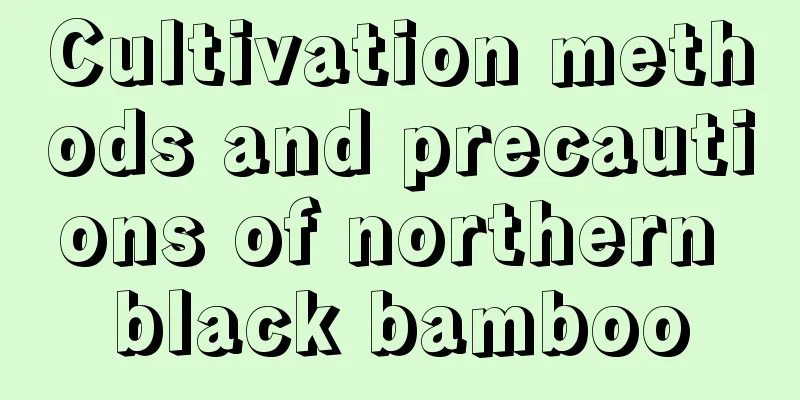Cultivation methods and precautions of moth and butterfly flower

How to cultivate moth and butterfly flowerPot soil selectionFor potted moth and butterfly flowers, when planting the seedlings, you can first choose a flower pot with a diameter of 10cm to 15cm and transplant it with soil. Choose organic-rich, fertile sandy soil or leaf mold as the medium. Watering and fertilizingI will grow strong and have a strong tolerance to drought. I avoid being too wet, so when watering, you should follow the principle of "watering when dry and watering when wet". The soil in the pot can be slightly dry before watering. Judging dryness and wetness requires a certain degree of mastery. The degree of dryness can be judged by the slight wilt of the leaves. The moth and butterfly flower does not require much fertilizer. It can be fertilized once every 10 days or so. In the early stage of growth, nitrogen fertilizer should be used as the main fertilizer, while in the middle and late stages of growth, phosphorus and potassium fertilizers can be used as the main fertilizers. Light and temperatureThe moth flower is a light-loving plant and prefers a warm environment. During the growth period of the moth and butterfly flower, it is necessary to give it sufficient sunlight, especially in winter when the daylight hours are shorter, try to give it enough light. The growth temperature can be maintained between 15℃ and 25℃. A higher growth temperature must also be maintained in winter. It is easy to get frostbite if the temperature is below 0℃. Reproduction methodThe main method of propagation of moth and butterfly flower is sowing. Sow in autumn and winter, and transplant into pots when 6 to 7 true leaves grow. Precautions for the cultivation of moth and butterfly flowersPests and diseasesDuring the growth period of moth-butterfly flowers, outbreaks of sclerotinia and gray mold sometimes occur. There are fewer insect pests, but occasionally there will be damage from underground insects. When caring for moth and butterfly flowers, you should pay attention to strengthening ventilation, watering properly, and promptly detecting diseases and pests for prevention and control. pruneDuring the growth process of moth and butterfly flower, it needs frequent pruning. After planting, you can pinch the top of the plant once to allow it to grow more new branches. After that, you can prune it multiple times to control the plant shape. After the flowers of the moth flower fade, you can cut off the withered flowers. It can also produce new branches and bloom again. |
<<: Cultivation methods and precautions of alum root
>>: Cultivation methods and precautions of weeping begonia
Recommend
How to maximize the survival rate of grafted fruit trees (measures to improve the survival rate of grafted fruit trees)
How to increase the survival rate of grafted frui...
Cultivation methods and precautions of five-color red camellia
The five-color red camellia is a relatively easy-...
How to treat tomato wilt
1. Symptoms of the disease Fusarium wilt often oc...
The Flower Language and Cultural Legends of Winter Jasmine
The Flower Language of Winter Jasmine Forsythia i...
Can spiderwort be placed in the bedroom?
1. How toxic is spiderwort? When it comes to whet...
What is the best month to plant okra?
When to plant okra Okra is generally planted in s...
How to propagate hydrangeas by bud grafting
Step 1: Bud cultivation In spring, keep the prune...
The difference between hairy jasmine and jasmine
Hairy Jasmine The hairy jasmine is native to Indi...
Precautions for dividing the pot of Aspidistra
time The Aspidistra can be divided and planted se...
How to transplant succulents
1. Preparation 1. Flower pot: First, prepare a ne...
How to grow green radish in soil to make it flourish
1. Water appropriately If you want the soil-grown...
How to plant Tang fan seeds
Soil selection In order to grow a beautiful Tang ...
How do petunias survive the winter?
1. Wintering Methods Since it is not very cold-re...
How to cultivate cymbidium to grow well
Cymbidium Orchid Growth Conditions The suitable g...
How to plant cyclamen bulbs? Planting and germination methods and tips
Cyclamen has the characteristics of beautiful flo...









